The Heraldry of Richard, 3rd duke of York
Contributed by Hugh Wood
All the books on heraldry (and our teach-yourself course) explain how a man who marries an heraldic heiress may place her father’s coat of arms on a small inescutcheon in the centre of his own arms.
Sometime around 1600, William Scudamore (d1649) of Balligham in Herefordshire married Sarah Kyrle, daughter of Anthony Kyrle of Walford Court, also in Herefordshire. On her father’s death she became the owner of the family coat of arms (jointly with any sisters she may have had) so William Scudamore placed the Kyrle arms in pretence on his own shield. He did not own the Kyrle arms and never would, but they would be passed to his children.
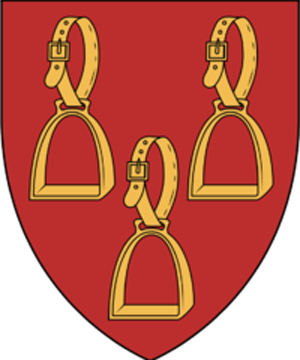
Scudamore
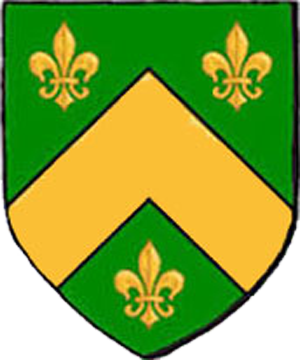
Kyrle
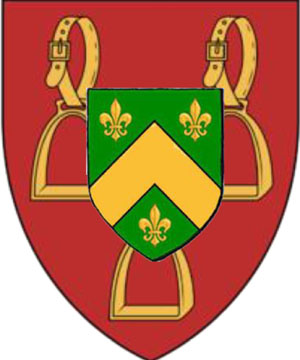
With that in mind what do we make of this coat of arms of Richard, 3rd duke of York in Great Malvern Priory? It’s easier to make it out if we look at a modern reconstruction. His own paternal arms indicate his descent from his grandfather Edmund of Langley, 1st Duke of York, the 4th surviving son of king Edward III. It is the royal arms, France Modern quartering England, differenced by a label of three points, each point charged with three torteaux (ie roundels gules). His mother was Ann Mortimer whose arms were Mortimer quartering de Burgh.
This use of the escutcheon of pretence clearly doesn’t fit the usual pattern, as indicated in the example of William Scudamore and Sarah Kyrle above. Richard is not married to a Mortimer heiress. Nor could his mother be an heraldic heiress, as she died before her brother Edmund Mortimer 5th earl of March. When Edmund died, his nephew Richard was his heir, so he didn’t need to “pretend” to the Mortimer arms, they were his by right.
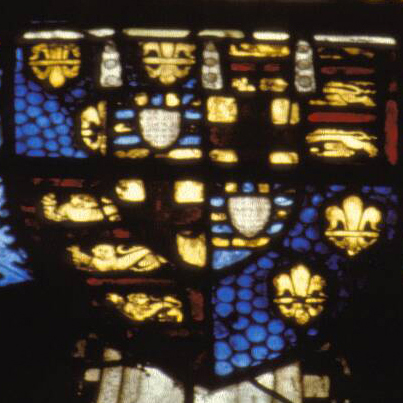
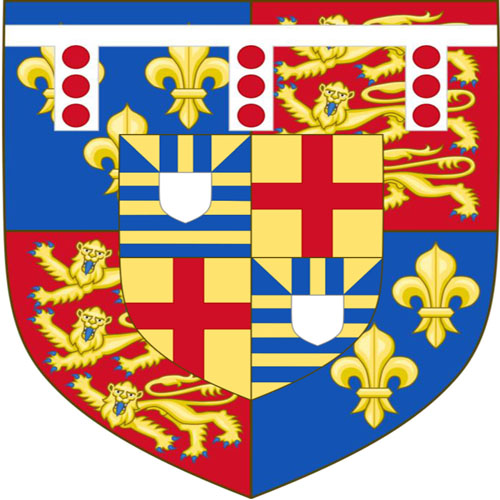
The explanation is actually quite simple. In their “Treatise on Heraldry”, Woodward & Burnett point out that there are almost no examples of the arms of a heraldic heiress being placed in pretence on their husband’s shield before the early 17th century. It’s an example of the way heraldry books generally concentrate on the modern era and tend to skimp on the medieval. This shield is just saying that the Plantagenet Richard also represents the line of the earls of March.
The Arms of Richard of York
For anyone like me who appreciates mathematical neatness and order in life, it comes as an unwelcome surprise to find that in the medieval period, particularly, coats of arms could be very variable indeed. So one might say that a certain coat of arms belongs to a person, but not necessarily that it is the coat of arms of that person.
Richard of York provides an excellent example. His paternal grandmother was Isabella of Castille, an illegitimate daughter of king Peter of Castille. She adopted her father’s coat of arms – Quarterly Castille & Leon. His maternal grandmother was Eleanor Holland who eventually became the Holland heiress. The Holland arms are England with a bordure argent.
This interesting version of Richard’s coat of arms is Quarterly 1 & 4 York, 2 Castille & Leon, 3 Mortimer quartering de Burgh. But his claim to represent Holland is shown by placing it in pretence over everything else.
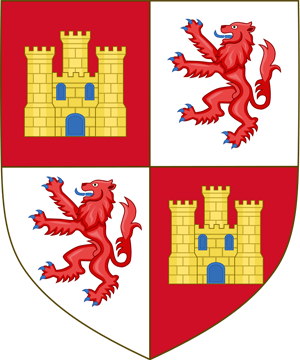
Castille & Leon
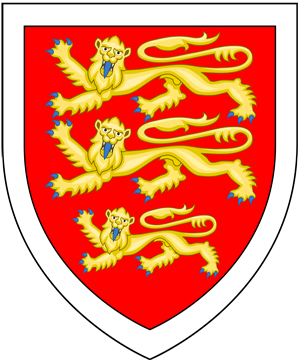
Holland
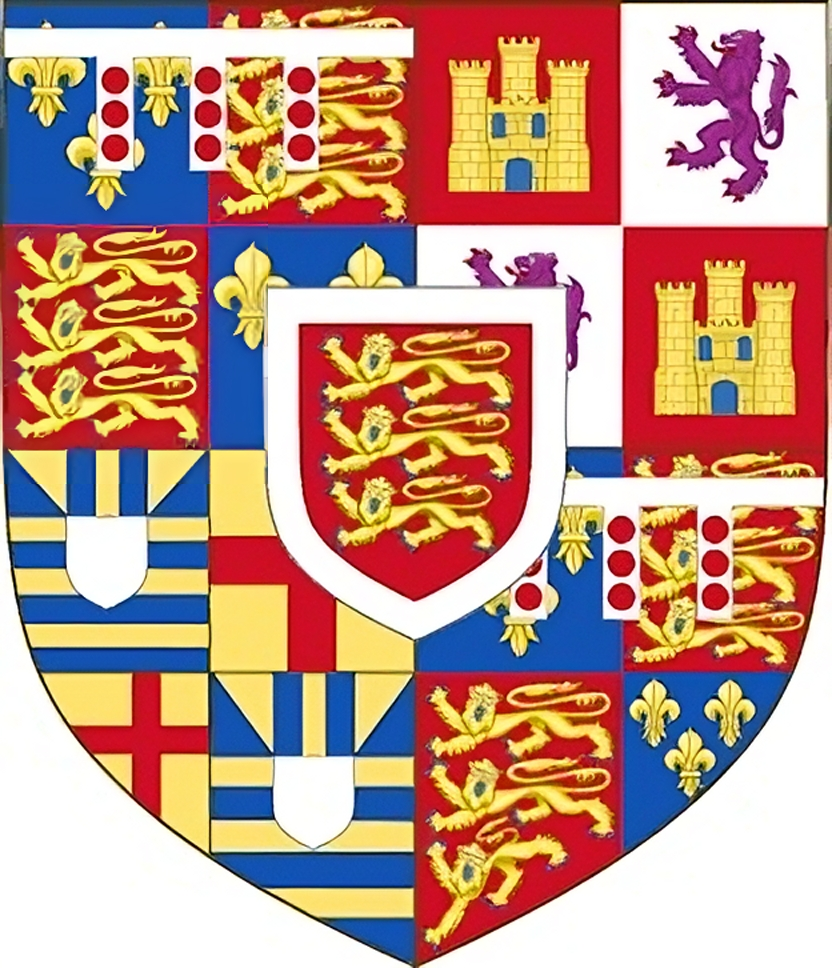
Leave A Comment